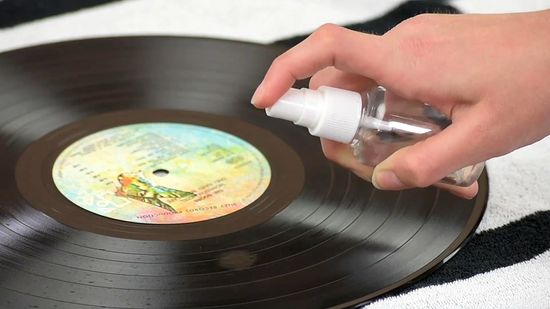How to Teach Your Dog to Love the Crate

Crate training your dog can be a highly beneficial practice for both you and your furry friend. It provides them with a safe, cozy space they can call their own, and it can help with housebreaking and preventing destructive behaviors when you’re not around. However, it’s crucial that your dog learns to love the crate rather than view it as a punishment or confinement. Here are some steps to help you teach your dog to love the crate.
1. Choose the right crate
First and foremost, you need to select an appropriate-sized crate for your dog. Your pet should have enough room to stand up, turn around, and lie down comfortably. The crate should be well-ventilated and made from a sturdy material that can withstand your dog’s movements and potential chewing.
2. Introduce the crate
Once you’ve chosen the right crate, place it in a common area in your home – somewhere your dog spends most of its time. Keep the door open and encourage your dog to explore the crate by tossing treats and favorite toys inside. Allow them to enter and exit at their leisure without closing the door just yet.
3. Create a comfortable space
To make the crate feel inviting, line it with soft bedding or blankets. You could also include an item of clothing with your scent on it to provide comfort and familiarity. Adding a durable chew toy or puzzle toy will keep your dog entertained inside their cozy den.
4. Feed meals in the crate
Begin feeding your dog its meals inside the crate with the door open, allowing them to associate positive experiences with being inside. Once they show signs of comfort eating inside, try closing the door while they eat, gradually increasing the duration before letting them out.
5. Establish a cue word
Choose a command word like “crate” or “bed” that will signal it’s time for your dog to enter their crate. Consistently use this cue before guiding your dog into the crate with a treat or toy.
6. Build crate time gradually
Start with brief crate sessions, ensuring that you remain within sight of your dog. Gradually increase the time they spend in the crate while you’re present, building their confidence and trust. Slowly work on leaving them alone in the crate for brief periods, eventually working up to leaving the house.
7. Reward good behavior
Whenever your dog enters the crate voluntarily or stays relaxed inside, be sure to reward their good behavior with praise, treats, or a favorite toy. This positive reinforcement will help them build a positive association with their crate.
Remember, patience is key when teaching your dog to love the crate. It is crucial not to rush the process and to consistently practice and reinforce positive crate experiences. With time and dedication, your dog will come to view the crate as a comforting space they can enjoy and retreat to when needed.






